Solo Designer: The Role, the Reality, and the Resilience
Working as a solo designer means you’re not just responsible for design work — you’re the strategist, the UX researcher, the brand voice, and often the project manager. This one-person design team setup demands adaptability, creativity, and above all, clarity in juggling multiple design responsibilities. Understanding how to manage solo design work effectively is the key to thriving in such roles where you’re constantly wearing multiple hats.
Whether you’re the only designer in a startup or the sole creative voice in a corporate environment, your experience is shaped by a unique blend of independence, pressure, and purpose.
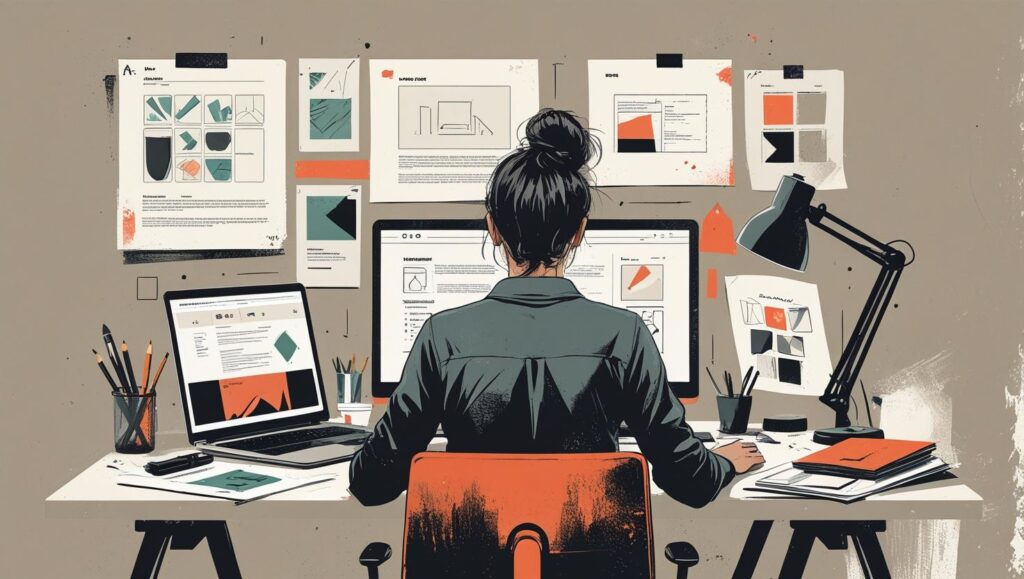
Understanding the Role of a Solo Designer
In many organizations, the solo designer operates without the typical support of a product or design team. While this offers creative freedom, it also means the designer must stretch across various disciplines.
Common responsibilities include:
- Product design – from wireframes to high-fidelity prototypes.
- User research – conducting interviews, surveys, and usability testing.
- Brand design – maintaining consistency across digital touchpoints.
- Design system management – building and evolving components.
- Cross-functional collaboration – working closely with developers, marketers, and product managers.
This combination makes the role both demanding and incredibly dynamic.
The Reality of Wearing Multiple Hats
One of the most defining aspects of being a one-person design team is the need to constantly shift between roles. You’re expected to think like a strategist, act like a developer, and communicate like a marketer. This often leads to:
- Context switching that breaks creative flow.
- Decision fatigue from excessive autonomy.
- Time management struggles due to task diversity.
Despite these challenges, many solo designers find the experience enriching, as it accelerates learning and strengthens their professional range.
If you’re curious how to stay focused amid complexity, check out our article on escaping the designer detail trap, where we share practical tips to boost flow and avoid burnout.
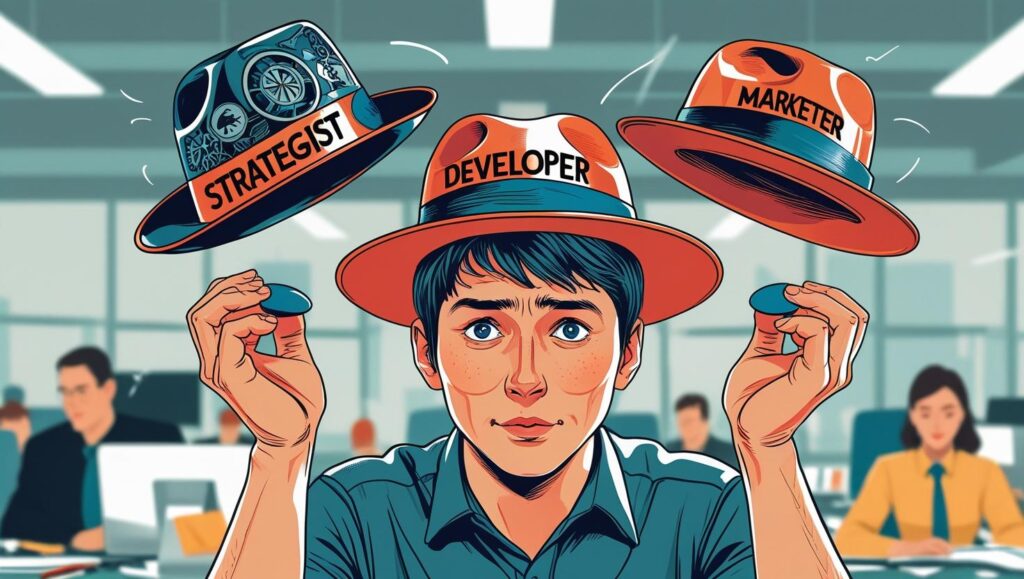
How to Manage Solo Design Work Effectively
To succeed as a solo designer, structure and prioritization are essential. Here are strategies that help maintain productivity and reduce overwhelm:
1. Set Clear Design Priorities
Define what matters most for the project. Is it user experience, scalability, or fast delivery? Clarifying this upfront helps guide decisions and avoid perfectionism.
2. Build a Light Design System
Create reusable components and templates. It saves time, ensures consistency, and reduces decision fatigue.
3. Create a Feedback Loop
Without other designers to critique your work, reach out to stakeholders, developers, or even external design communities to get constructive feedback.
4. Time Block Your Tasks
Separate your days or time slots for focused work like prototyping vs. meetings or research. Avoid mixing strategic planning with pixel-perfect design in one session.
These techniques are especially helpful for those wondering how to manage solo design work while staying sane and inspired.
Skills That Help You Thrive as a One-Person Design Team
Being a solo designer calls for a wide-ranging skill set, but a few core competencies stand out:
- Communication: Explaining design rationale clearly to non-designers.
- Adaptability: Shifting from brand work to UI fixes fluidly.
- Decision-making: Moving projects forward without waiting for alignment.
- Tool mastery: Knowing design, prototyping, and handoff tools well.
Many of these skills are built over time. Seeking support from experienced teams like Webie or learning from strategic insights at BozzaBench can help expand your creative capabilities.
The Emotional Landscape of Solo Design Work
Beyond skills and strategies, there’s the emotional weight. Working alone can lead to imposter syndrome, burnout, or feeling disconnected from larger goals.
To maintain emotional well-being:
- Celebrate small wins — every iteration counts.
- Join online design communities for camaraderie.
- Don’t be afraid to ask for help — even as a solo, you’re part of a bigger product ecosystem.
Final Thoughts
Being a solo designer isn’t just about handling design responsibilities — it’s about mastering your time, managing expectations, and growing your skills across multiple roles. While wearing multiple hats can be draining, it can also be one of the most professionally rewarding experiences in your career.
Need help refining your workflow or scaling your design system? Check out Webie’s design and development services or explore more real-world design journeys at BozzaBench. With the right mindset and support, solo doesn’t have to mean isolated — it can mean empowered.



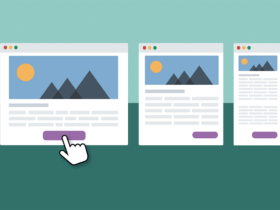

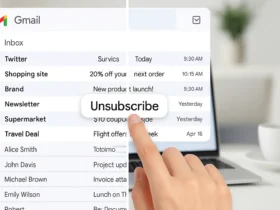





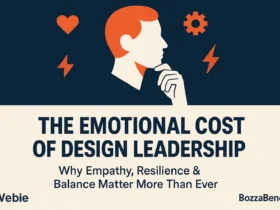

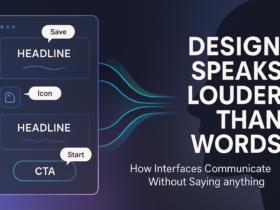












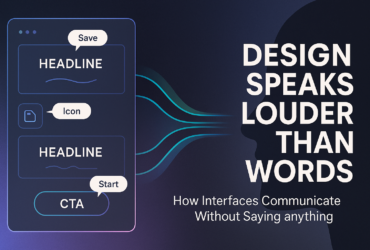
Leave a Reply